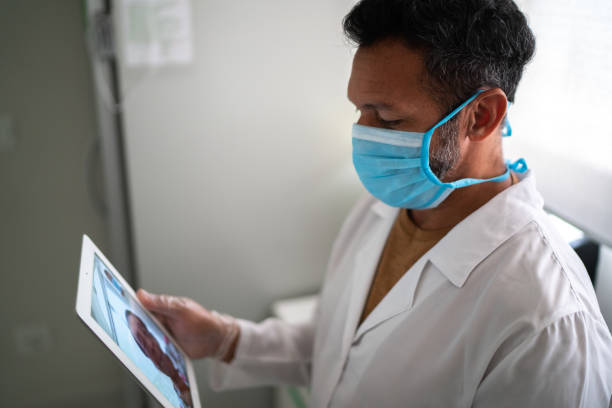Elevating Patient Health: Remote Patient Monitoring Solutions
In the ever-evolving landscape of healthcare, chronic care companies are leading the charge in revolutionizing patient care through innovative solutions. At the forefront of this movement are patient monitoring solutions, which offer a paradigm shift in how patients manage their health. Let's delve into the profound impact these technologies have on patient outcomes.

Understanding Remote Monitoring Solutions
Remote monitoring solutions encompass a spectrum of technologies and services designed to remotely track and manage patients' health outside of traditional healthcare settings. From wearable devices that monitor vital signs to telehealth platforms that facilitate virtual consultations, these solutions empower patients to take a more active role in managing their well-being.
Continuous Monitoring
One of the key features of remote monitoring solutions is their ability to provide continuous monitoring of patients' health parameters. This real-time data collection enables healthcare providers to detect subtle changes or early warning signs, allowing for timely intervention and proactive management of chronic conditions.
Enhanced Accessibility
By leveraging telecommunication technologies, remote monitoring solutions bridge the gap between patients and healthcare providers, irrespective of geographical barriers. This enhanced accessibility ensures that patients have timely access to care and support, regardless of their location, ultimately leading to improved health outcomes and patient satisfaction.
Impact on Patient Outcomes
The integration of remote monitoring solutions into healthcare delivery has yielded significant improvements in patient outcomes across various domains. Let's explore some of the ways in which these technologies are transforming the healthcare landscape.
Improved Disease Management
For patients living with chronic conditions such as diabetes, hypertension, or heart disease, remote monitoring solutions offer a lifeline by providing insights into their health status on a continuous basis. This proactive approach to disease management enables early detection of complications, optimized treatment adjustments, and better overall control of chronic conditions.
Reduced Hospitalizations
One of the most tangible benefits of remote monitoring solutions is their ability to reduce hospitalizations and emergency department visits among high-risk patient populations. By remotely monitoring vital signs and symptoms, healthcare providers can intervene proactively to prevent exacerbations, resulting in fewer acute healthcare episodes and lower healthcare costs.
Conclusion
Remote monitoring solutions represent a transformative approach to healthcare delivery, empowering patients to actively engage in managing their health while facilitating more efficient and effective care delivery. As chronic care companies continue to innovate and harness the power of technology, the future of patient care looks promising, with improved outcomes and enhanced quality of life for individuals living with chronic conditions.
Remote monitoring solutions are not just tools; they are catalysts for change, reshaping the healthcare landscape and paving the way for a healthier tomorrow.



Comments
Post a Comment